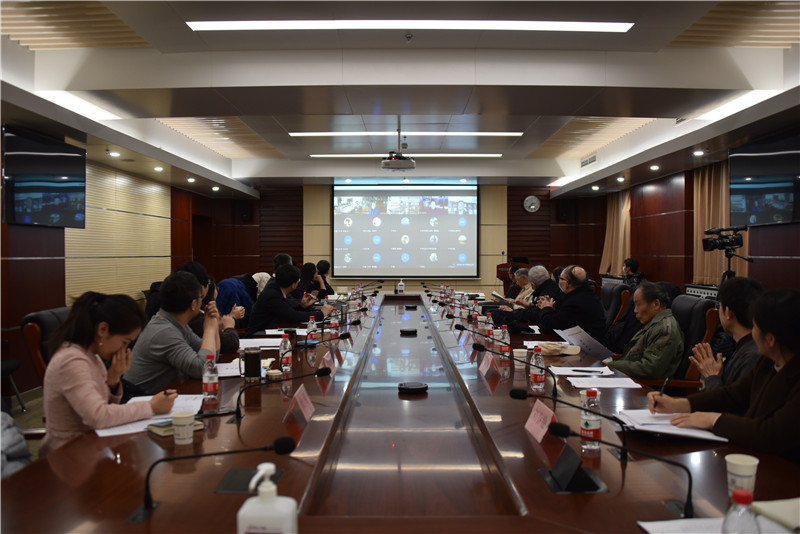From December 5 through 7, IAP scientists met with various experts and discuss how to help reach carbon neutrality by 2060, a goal put forward by Chinese President XI Jinping at the General Debate of the 75th session of the UN General Assembly.
China is willing to contribute more to the fight against climate change, as it aims to bring carbon emissions to a peak by 2030, and achieve carbon neutrality by 2060 with more forceful policies and measures, said XI on Sept. 22, 2020.
Realizing that carbon neutrality is not just a presidential call, but also an opportunity for boosting environmentally-friendly economy, more than 20 academicians of Chinese Academy of Sciences (CAS) and Chinese Academy of Engineering Sciences in different fields of atmospheric sciences and oceanography, experts studying carbon emission/storage/cycle, and officials from National Natural Science Foundation of China and CAS Bureau of Frontier Sciences and Education gathered at the online and meetings, chaired by IAP Director General Dr. CAO Junji, to discuss how to help reach this goal.

Participants all agreed that IAP should take advantage of its previous leading role in carbon-related studies, mobilize researchers in the fields of monitoring, simulation and TanSat--China's first carbon monitoring satellite, whose design and data retrieval IAP scientists are heavily involved in-- and start studies on carbon neutrality as soon as possible. It's suggested that the research should also include climate projection based on understanding of natural variability and emission of permafrost methane and other greenhouse gases. Scientists should work toward providing optimal solution for policy makers in terms of climate adaption and a roadmap for realizing carbon neutrality.
